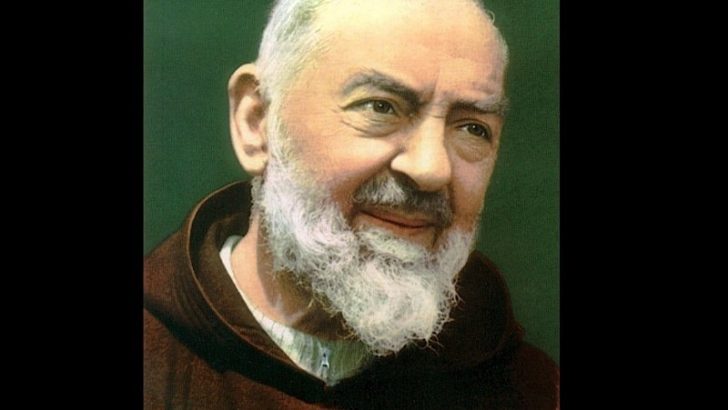“It seems to be a fact,” wrote Flannery O’Connor in July 1955, “that you have to suffer as much from the Church as for it but if you believe in the divinity of Christ, you have to cherish the world at the same time that you struggle to endure it.”
The American author’s words could have been penned with St Pio of Pietrelcina in mind, given how he not merely bore the wounds of Christ’s passion but was frequently harassed and had his ministry restricted by Church authorities.
Padre Pio was on several occasions the subject of such treatment from emissaries of the Holy Office, the forerunner of today’s Congregation for the Doctrine of the Faith, prone then to acting, according to Cologne’s Cardinal Josef Frings declared – advised by the young Fr Joseph Ratzinger – in a manner that was “a source of harm to the faithful and of scandal to those outside the Church”.
Accusations
Things changed for St Pio with the accession to the papacy of Blessed Paul VI in 1963, with all accusations against the Italian Capuchin being quashed. St John Paul II visited his shrine in 1987, beatifying him in 1999, and in 2002, describing how Padre Pio had been a true minister of Christ’s mercy when he heard his Confession in 1947, the Polish Pope canonised him.
San Giovanni Rotondo, where Padre Pio practised his ministry for decades, has long been a place of pilgrimage for Catholics from Italy, Ireland, and further afield, and it was no accident that within days of launching the Year of Priests in 2009, Pope Benedict visited the shrine of St Pio there.
On Saturday last week Pope Francis followed in his predecessors’ footsteps, not merely visiting the Capuchin’s shrine, but also becoming also the first Pope to visit Padre Pio’s birthplace in Pietrelcina and paying a suitable visit to the world-class hospital Padre Pio founded in San Giovanni to provide quality healthcare to the poor of Italy’s impoverished south.
This is a fitting year for such a papal pilgrimage, with the centenary of Padre Pio’s receipt of the stigmata falling in September, just days before the 50th anniversary of his death, and it was no surprise that Pope Francis made sure while there to urge Catholics to follow the example of the mystic who never lost faith in Christ and his Church.



